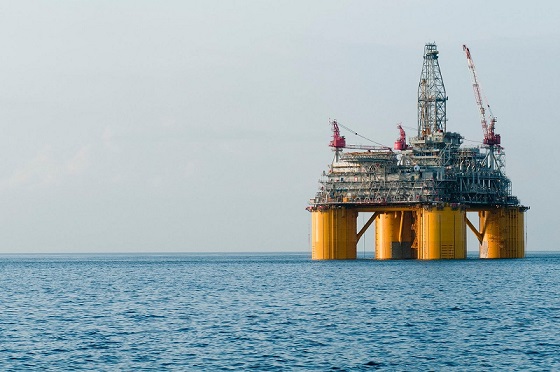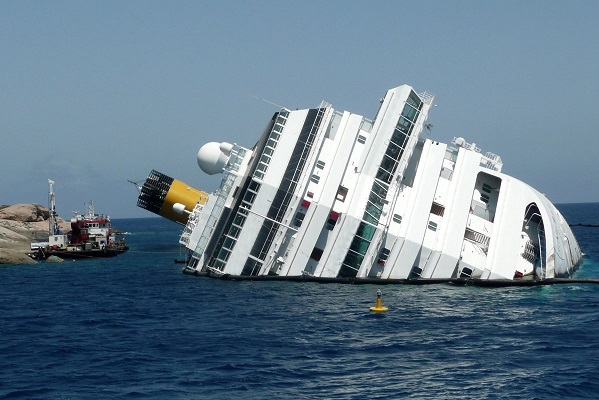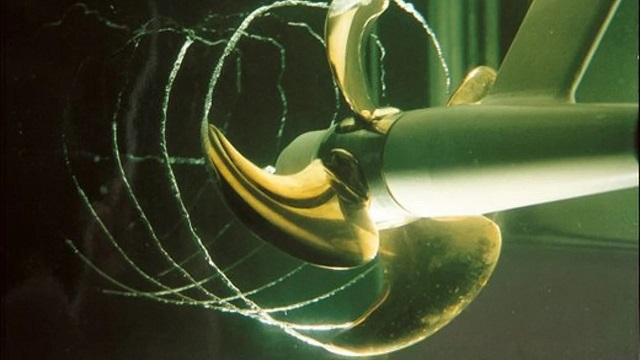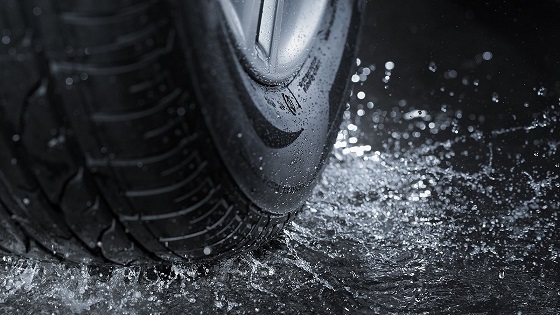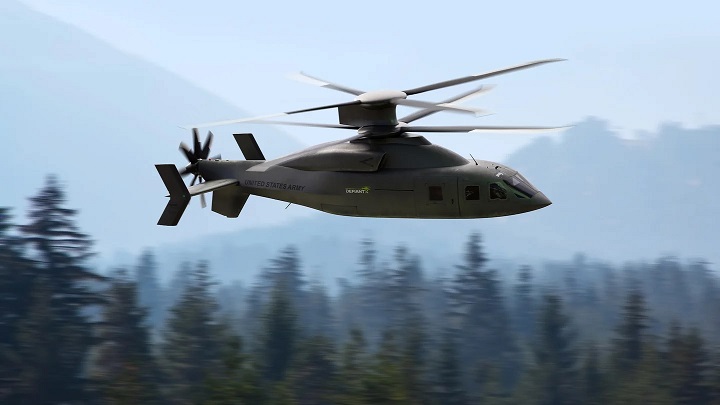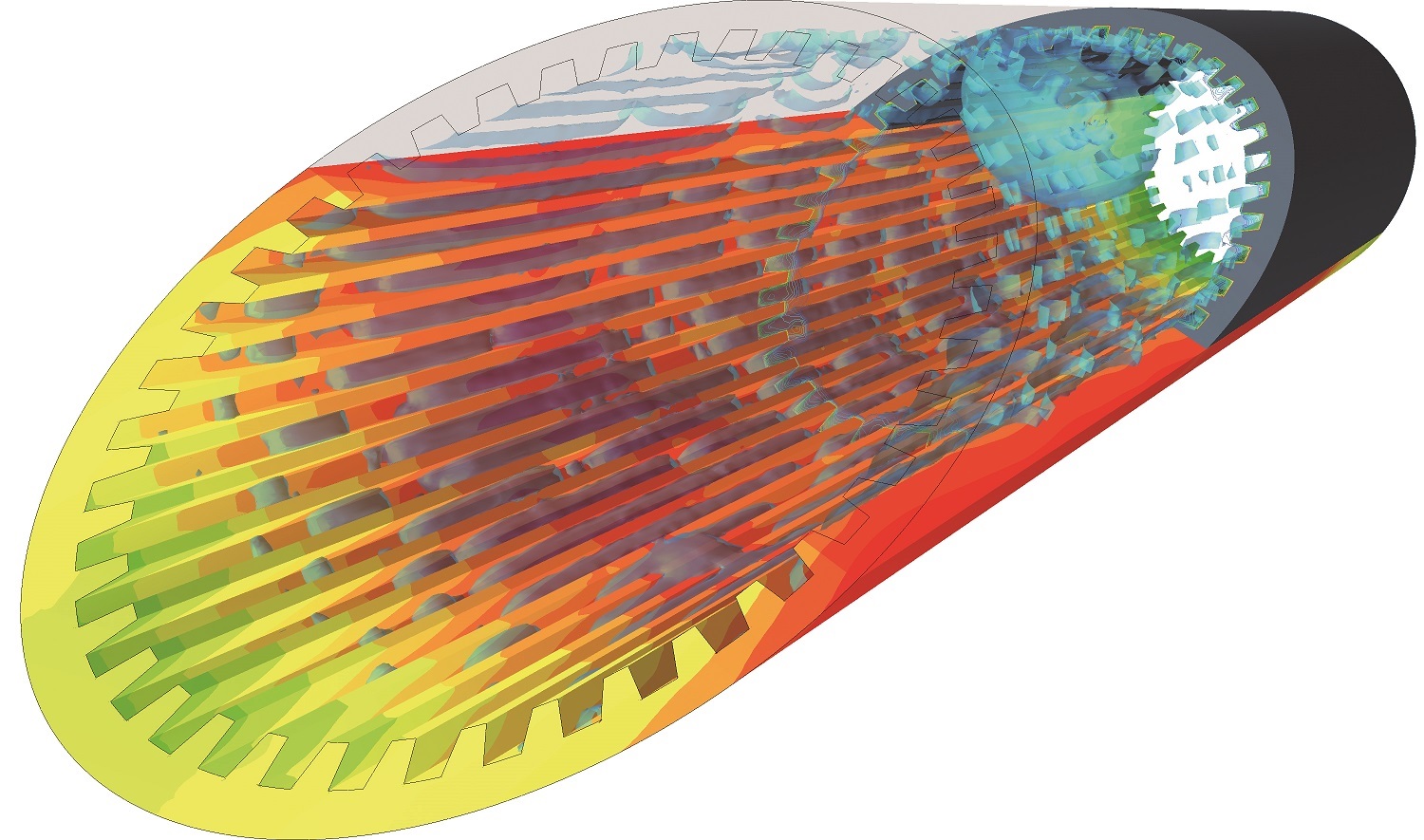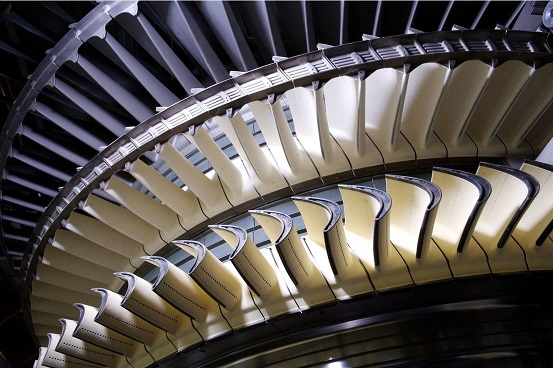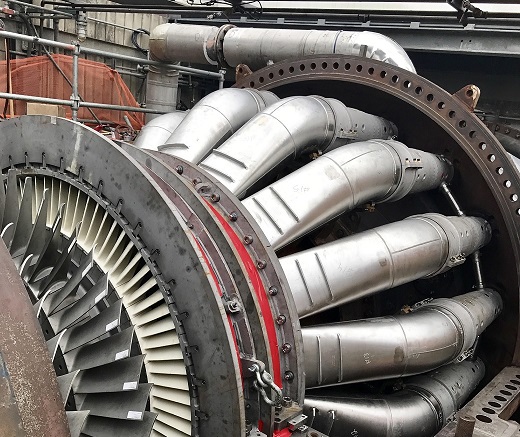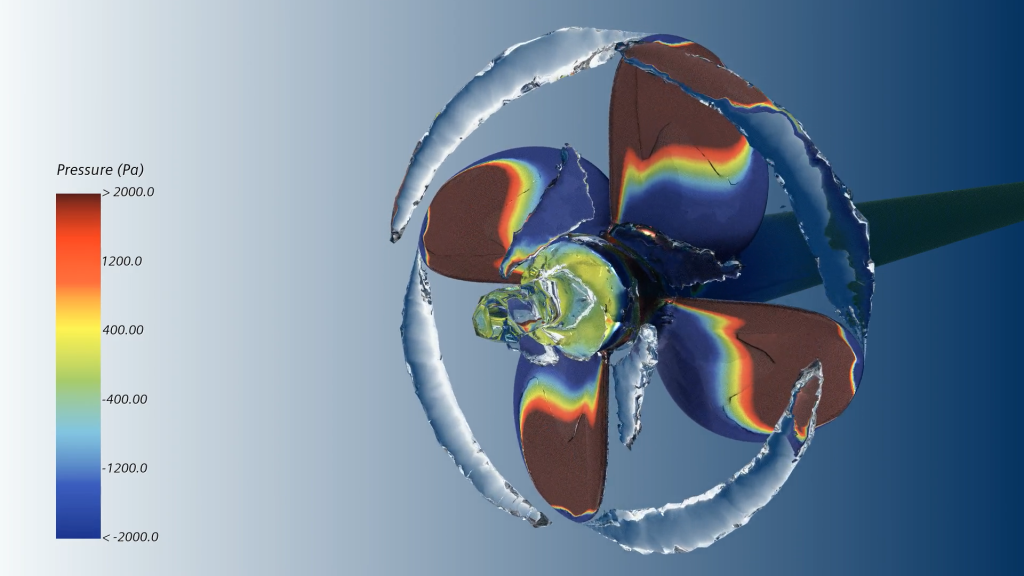Ship stability and safety are critical considerations in the design and operation of ships. Numerical investigations, including Finite Element Analysis (FEA) and Computational Fluid Dynamics (CFD), can be used to evaluate and improve ship stability and safety.
Key stability and safety analysis capabilities:
-
▶ Intact stability: Intact stability simulations can be used to analyze the stability of the ship under normal operating conditions. Parametric rolling computations can also be carried out to investigate the potential for the ship to experience excessive rolling in certain sea conditions.
-
▶ Damage stability: Damage stability simulations can be used to evaluate the stability of the ship in the event of damage, such as a collision or flooding. Survival times can be calculated to determine how long the ship can remain afloat in various damage scenarios, allowing for the development of emergency response plans. Flooding simulations can be used to model internal flooding on the decks of the ship, enabling engineers to analyze the effects of different flooding scenarios on the ship's stability and safety.
-
▶ Accident simulations: Accident simulations can also be carried out to analyze the stability of the ship in the event of an accident, such as a collision or grounding. This information can be used to develop measures to prevent accidents and minimize the risk of damage and injury.
By utilizing FEA and CFD simulations for ship stability and safety analysis, our engineers can identify potential safety risks and optimize ship design and operation for improved stability and safety. This enables ship owners and operators to meet regulatory requirements, reduce the risk of accidents, and improve overall safety for crew and passengers.
